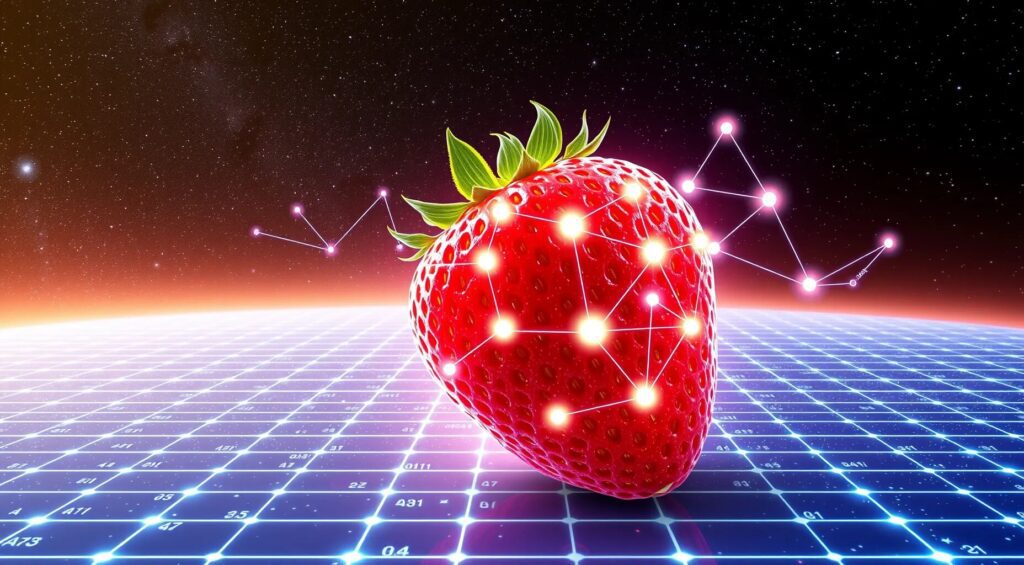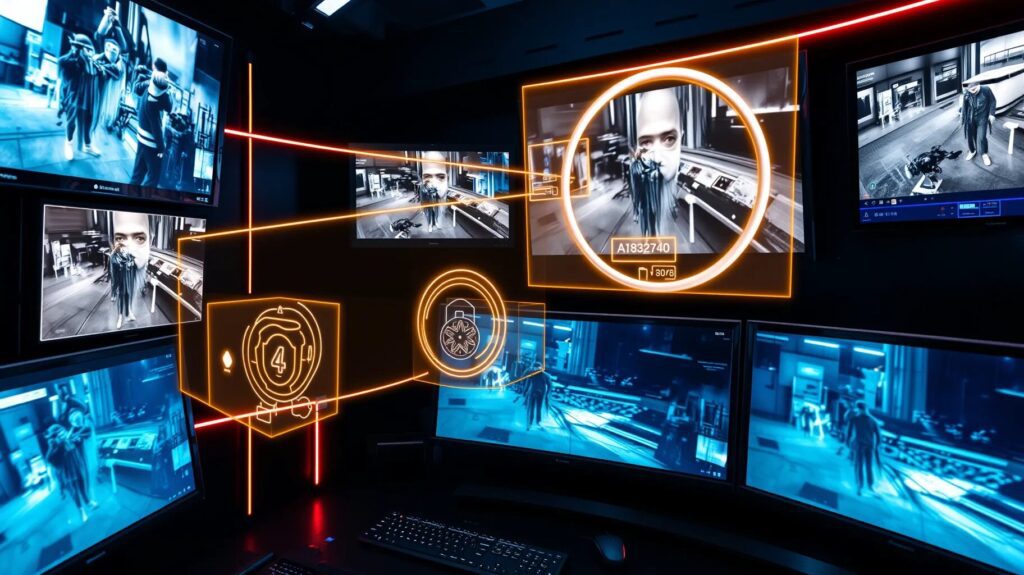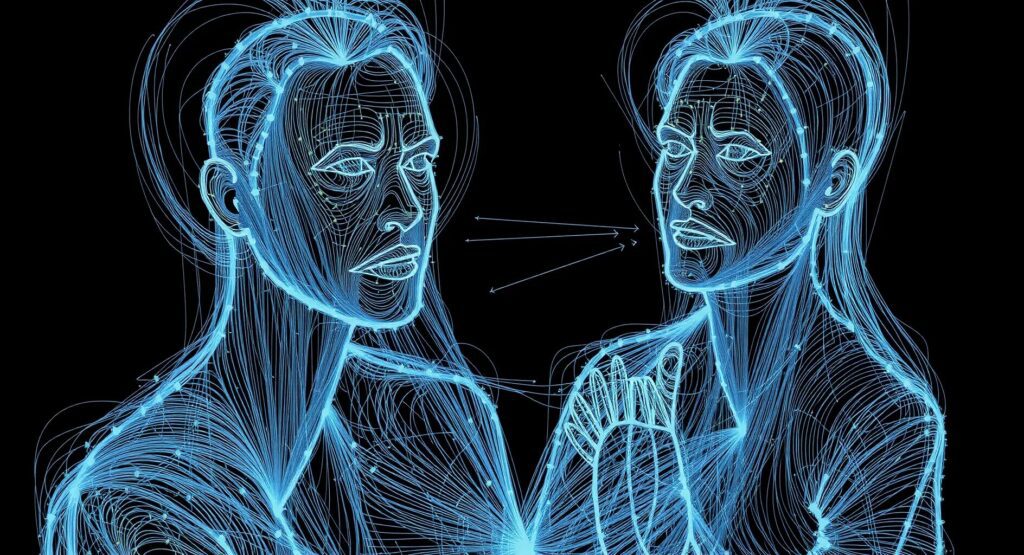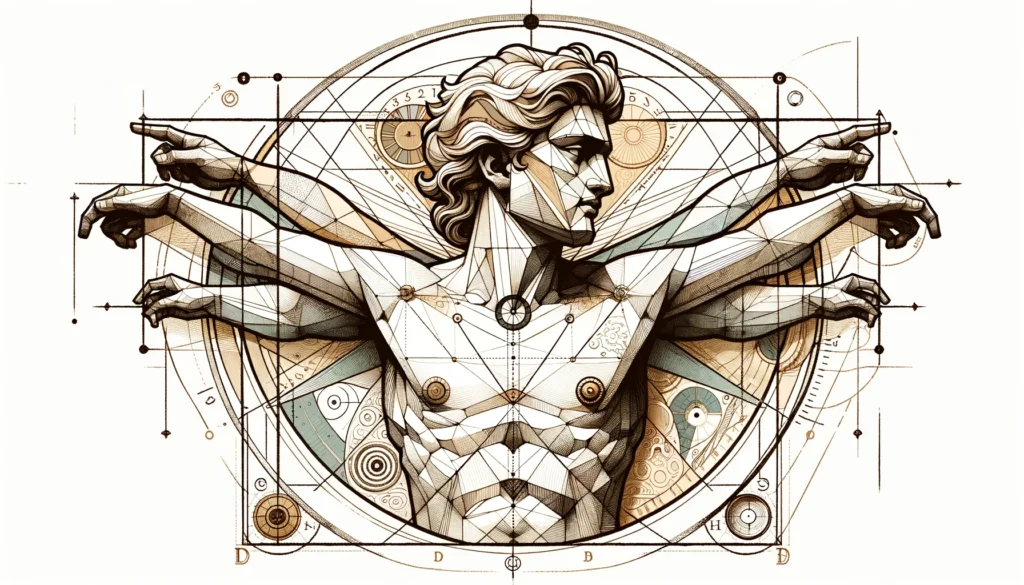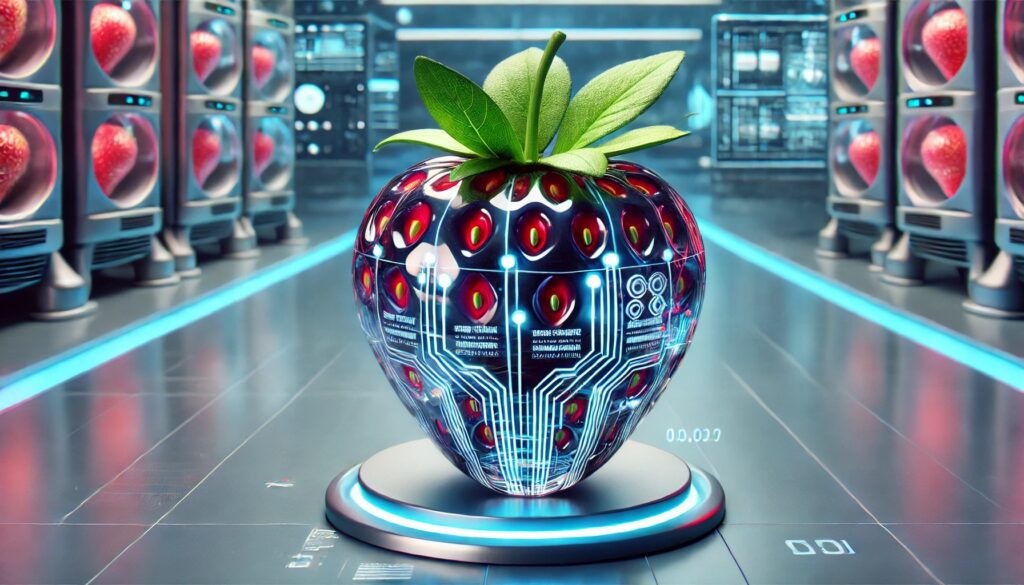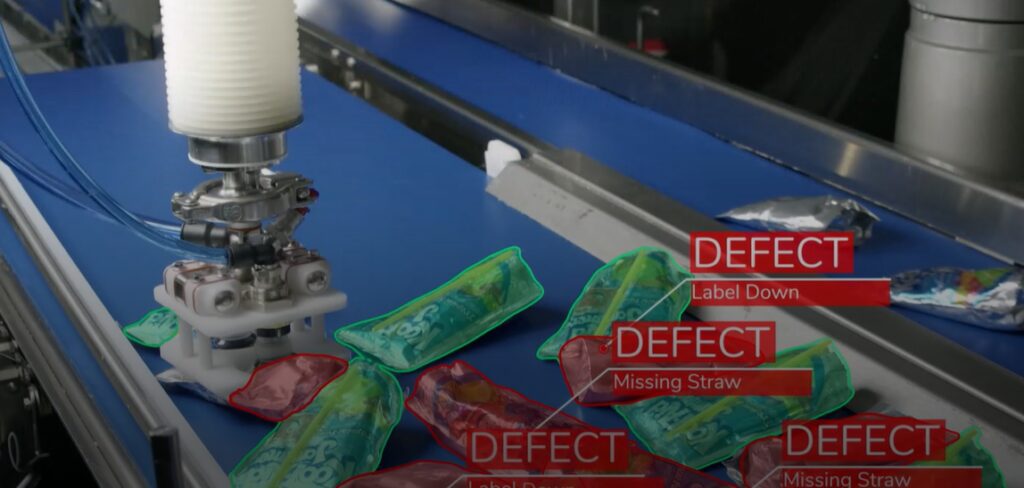
Introduction to Splatter Image
In the rapidly evolving world of 3D reconstruction, Splatter Image emerges as a groundbreaking method for creating detailed 3D models from a single image. This ultra-fast technique, based on Gaussian Splatting, achieves 3D reconstructions at a staggering rate of 38 frames per second (FPS), making it a significant advancement in the field.
The Need for Speed in 3D Reconstruction
Traditional 3D reconstruction methods often require multiple views or extensive computational resources, thus limiting their applicability in real-time scenarios. Consequently, the demand for a faster and more efficient method led to the development of Splatter Image, which focuses on monocular (single-view) reconstruction. This innovation not only speeds up the process but also broadens its accessibility for various practical applications.
Understanding Gaussian Splatting
At the heart of Splatter Image lies Gaussian Splatting, a technique that represents 3D space using a mixture of colored Gaussians. These Gaussians map the opacity and color of 3D points to 2D images through a differentiable rendering process. This method ensures rapid and accurate reconstruction by integrating color and opacity along viewing rays.
Key Innovation of Splatter Image
The primary innovation of Splatter Image is its ability to predict a Gaussian for each pixel of the input image using a neural network. This network translates a 2D image into a 3D Gaussian representation, effectively reversing the rendering process and enabling ultra-fast single-view 3D reconstruction.
Neural Network Architecture
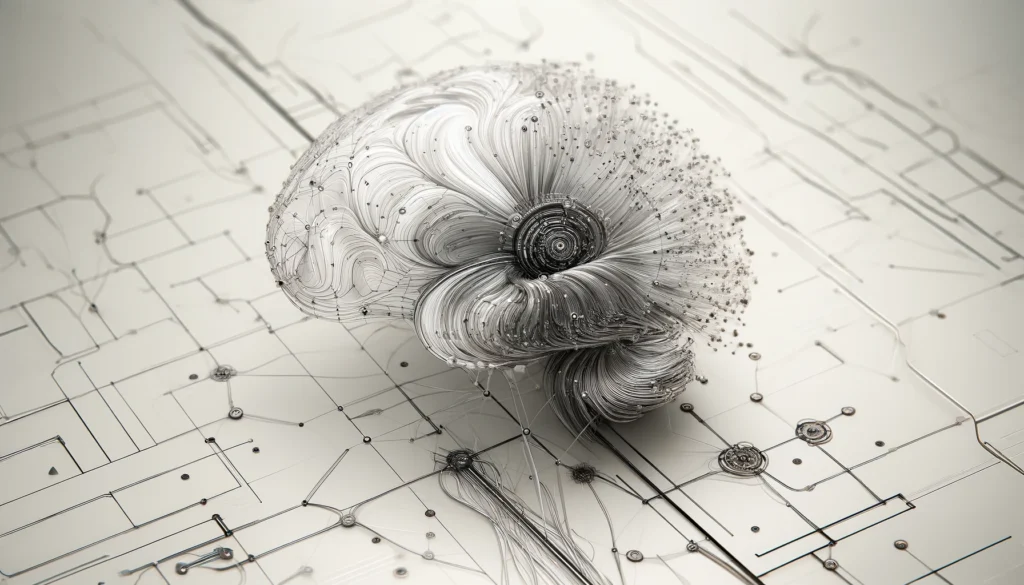
Splatter Image employs a standard image-to-image neural network that outputs a tensor where each pixel corresponds to the parameters of a Gaussian. This includes predicting depth, opacity, shape, and color for each Gaussian, allowing the network to reconstruct both visible and occluded parts of the scene.
Efficient Training Process
The training process for Splatter Image utilizes multi-view datasets. By feeding a source image and minimizing the reconstruction loss of the target view, the model learns to generate accurate 3D representations. Additionally, the use of image-level losses, like LPIPS, further refines the quality of the reconstructions.
Single-GPU Efficiency
One of the standout features of Splatter Image is its efficiency. Unlike other methods like NeRF, which need significantly more computational resources, Splatter Image requires only a single GPU with a maximum of 20GB of memory during training. This stark contrast highlights its efficiency and accessibility for broader applications.
Real-Time Applications
The ability to perform real-time 3D reconstruction opens up numerous applications in fields such as robotics, augmented reality (AR), virtual reality (VR), medical imaging, and cultural heritage preservation. Consequently, the speed and accuracy of Splatter Image make it suitable for interactive environments where quick feedback is essential.
Implementation and Accessibility
The implementation of Splatter Image is accessible through an open-source repository on GitHub, providing detailed instructions for installation and running demos. Additionally, the demo showcases the real-time capabilities of the method, emphasizing its practical utility.
Dataset Compatibility
Splatter Image supports various datasets, including ShapeNet for cars and chairs, CO3D for hydrants and teddy bears, and multi-category ShapeNet. This versatility allows researchers and developers to apply the method to a wide range of objects and scenarios.
Scaling and Generalization
The method scales effectively across different object categories and scenes, demonstrating robustness and generalization. Thus, this scalability is crucial for applications in dynamic and diverse environments.
Comparison with Traditional Methods
Compared to traditional multi-view 3D reconstruction methods, Splatter Image offers a significant reduction in computational complexity and time. For instance, it eliminates the need for pre-processing camera poses and can handle diverse input images without extensive calibration.
Addressing Technical Challenges
Splatter Image tackles several technical challenges, including handling occlusions, estimating depth from a single view, and maintaining consistency across different views. These challenges are mitigated through the sophisticated design of the neural network and the use of Gaussian Splatting.
Future Prospects
Future developments may focus on enhancing the resolution of reconstructions, improving the handling of complex lighting conditions, and extending the method to more challenging environments. Ongoing research and community contributions are likely to drive further advancements.
Applications in Robotics

In robotics, Splatter Image can be used for object recognition, manipulation, and navigation. The real-time reconstruction capabilities enable robots to interact more effectively with their surroundings, thereby enhancing autonomy and efficiency.
Impact on AR and VR
For AR and VR, the method provides a means to create immersive and interactive experiences by integrating real-world objects into virtual environments seamlessly. The quick turnaround from 2D images to 3D models supports dynamic and engaging content creation.
Medical Imaging Potential
In medical imaging, Splatter Image can aid in visualizing anatomical structures from limited imaging data, thus improving diagnostic accuracy and patient outcomes. Additionally, the speed of reconstruction ensures timely insights during critical medical procedures.
Cultural Heritage Preservation
The ability to reconstruct 3D models from single images is invaluable for preserving cultural heritage. It allows for the digital archiving of artifacts and monuments, thereby enabling detailed study and virtual restoration.
Community and Collaboration
The open-source nature of the project encourages collaboration and innovation. Researchers and developers are invited to contribute to the ongoing improvement of Splatter Image, thus fostering a vibrant community around this technology.
Conclusion
Splatter Image represents a significant leap forward in 3D reconstruction technology, combining speed, efficiency, and high-quality output. Its broad applicability and open-source availability make it a promising tool for advancing numerous fields reliant on 3D modeling.
To learn more about Splatter Image and access the implementation, visit the official GitHub repository (GitHub) (ar5iv).
